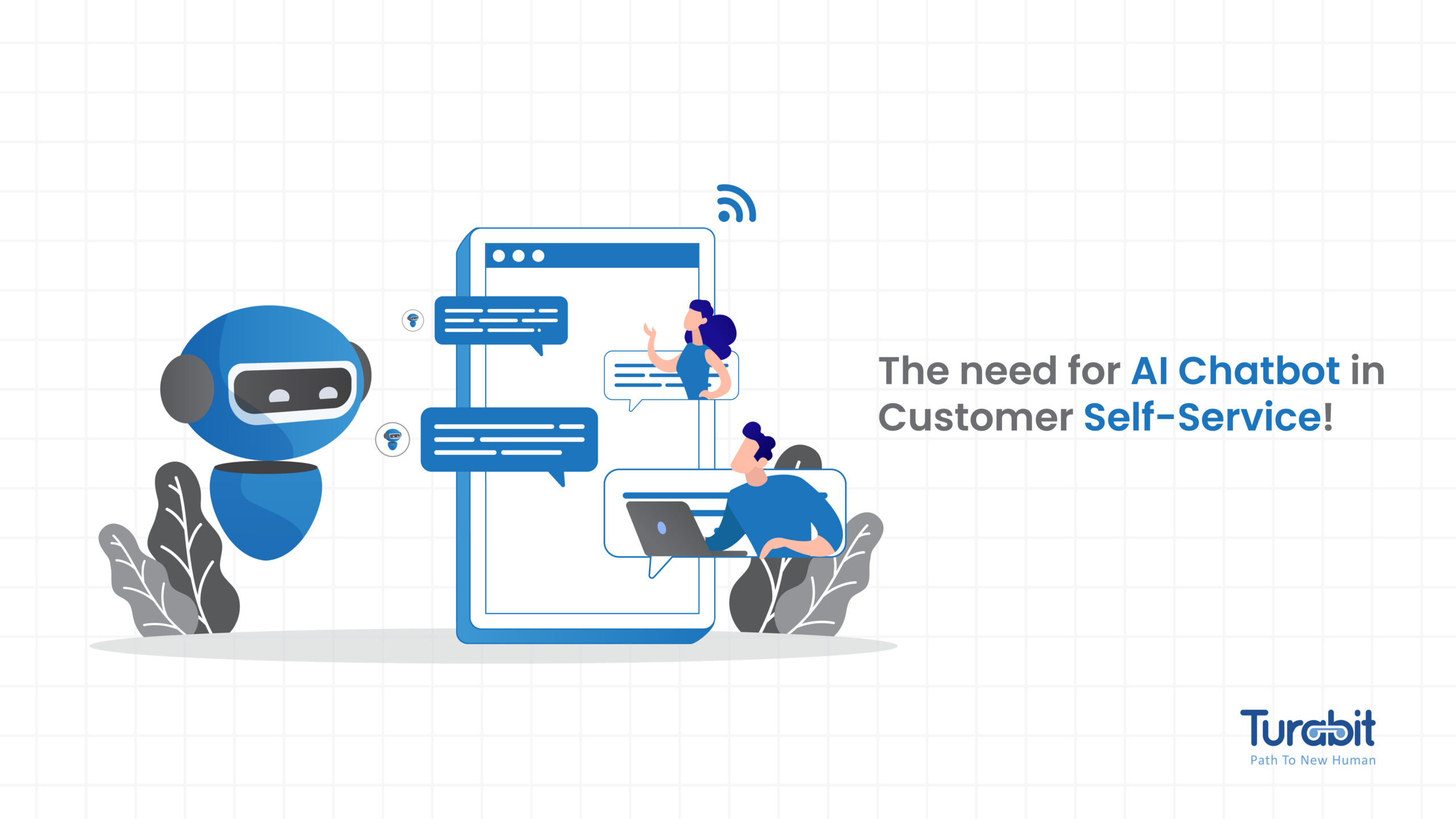Around 50 years ago, the introduction of IVR or Interactive Voice Response systems was a revolution in the customer support industry as several industry verticals like insurance, banking, and airlines opted this system as the front-end platform to address customers’ concerns, queries, and questions. Eventually, customers became acquainted with these big size interfaces where they had to go through the frustrating experience of a scripted, singular decision-making flow, which ultimately led to nowhere. Most of the times, these pre-defined solutions failed to cover the key concerns and address the problem, and would make customers wait to get in touch with an agent, thankfully a human.
The modern-day technology is highly invasive, especially wearable tech accessories such as airpods. With such the becoming a norm, smart voice assistant is also becoming highly popular. Conversing through and with technology is experiencing an exponential growth. Keeping these facts in mind, shouldn’t organizations focus on making voice as the key communication source with their customers? And if yes, then how?
The answer is Conversational IVR!
Conversational IVR can be described as an AI-powered technology which automates customer support communications at help centers, thus creating hyper-personalized customer experience at mass level. A conversational IVR system can be easily deployed or integrated with different contact center apps and software to automate the usual queries in real-time, thus reducing the pressure off the shoulders of live agents and allowing them to do more productive tasks.
In the modern uber dynamic world, it just a matter of time before technologies like Robotic Process Automation (RPA) and Artificial Intelligence (AI) provide easy to deploy and use solutions to meet the increasing competitive pressure and rising consumer expectations. Successful enterprises have understood the fact that it is critical to maintain the customer satisfaction level throughout the whole customer journey, starting from the moment they visit the online or offline store to getting the necessary troubleshooting help and after-sales service. And this is where conversational IVR comes into the frame.

How Conversational IVR Works
The experience with a conversational IVR begins with a specific customer calling the company contact center through the public telephone network. Following are the steps that are completes the cycle:
- Once the customer calls the system, the route of the call is decided by the Contact Center Conversation Manager. For complex issues, the call is directly routed to a live agent and for all other usual queries, the call is directed to an AI-powered voice assistant system.
- Now the speech recognition system converts the voice input into text, a simpler format that can be processed by the Intelligence Layer. Figuring out the query, the AI system comes up with the apt response, which is then returned through Voice Gateway. Ultimately, the response reaches to the customer in form of a voice answer.
- In certain instance when AI fails to understand the query or concern of the customer, or the customer directly wants to communicate with the live agent, the request is passed to the Contact Center Conversation Manager, which then routes the call immediately to the live agent.

How Conversational IVR is Turning Tables for Brands & Customers
When it comes to contact center strategy of any brand, conversational IVR has a key role to play. There are several gaps in customer experience that needs to be bridged and many enterprises have successfully plugged these loopholes by automating contact center operations with AI-powered tools and upgrading themselves to conversational IVR experience. Let’s explore some of the key benefits of deploying cognitive AI-fuelled tools at contact centers.

Improved Flexibility
Menu-based, legacy IVR provides only a certain number of options which forces customers to go through a pre-set, frustrating navigation process. Conversational IVR has removed this menu-based experience as it directly approaches the major issues. Based on the customer concern or query, the problem is addressed immediately without dealing with the traditional route. The AI-powered system picks up phrases and keywords to gain a clear insight about the issue and providing immediate solution.

Improved Agent Productivity
By automating the routine queries, conversational IVR reduces the query load that goes to live agents, thus making them more productive and giving them more time to address complex issues in a better way. The synchronization of historical conversation data with customers with the existing CRM software gives agents real-time and full context to the complex query when it’s get routed to live agents.

Improved Support Time
Automation of the routine customer queries through conversational IVR significantly reduces the waiting time for customers, thus increasing the efficiency of customer support teams. When customer queries are being resolved in less than a minute, there is a significant improvement in the support time while extending a seamless and rich customer experience.
According to brand leaders and industry experts in the tech innovation vertical, we are swiftly moving toward a futuristic, fully automated landscape of contact center. Fuelled by the power of various cognitive AI tools such conversational IVR providing a hyper-personalized, rich customer experience, only a handful of contact centers are leveraging the advanced technologies to their fullest. With the dire need for enterprises to transform their CX to get the competitive edge, now is the time to transform the customer support services to improve loyalty and retention while reducing operational costs, eventually driving revenue and profits through a customer-centric approach.




